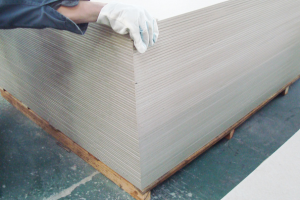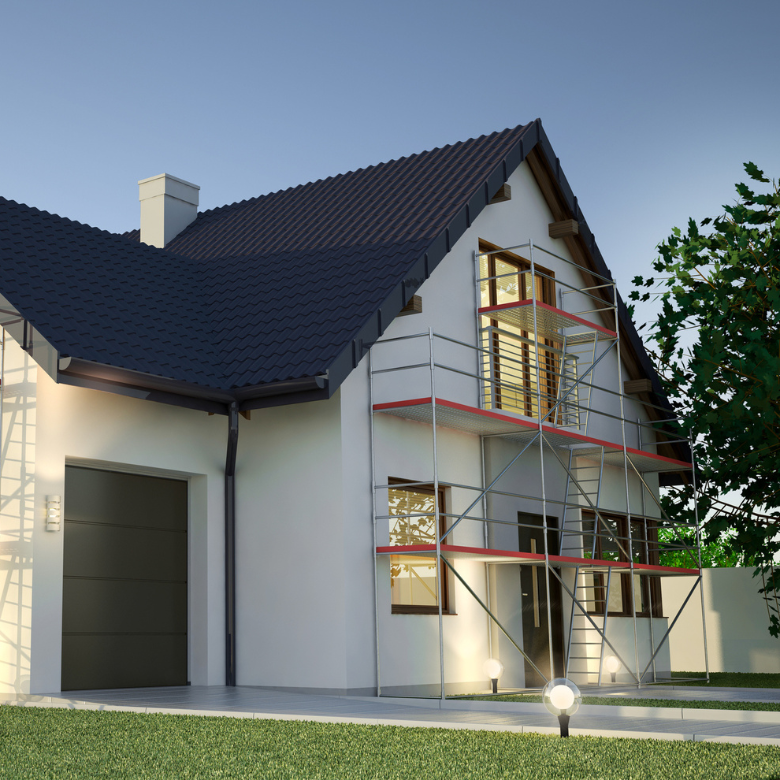The thermal insulation of buildings is crucial both for the comfort of the occupants and for reducing the running costs of the house. Among the many insulation materials available, PUR boards and PIR boards are becoming increasingly popular. Both offer very good insulation performance, but differ in many respects. It is worth looking at the details and understanding how PIR boards differ from PUR boards so that you can make an informed choice of the right material for your particular application.

What are PUR and PIR boards?
PUR and PIR boards are high-tech insulation materials that are widely used in the construction industry. PUR (polyurethane) board is a traditional insulation material made from polyurethane, which is lightweight, durable and effective in protecting buildings from heat loss. It is primarily used for insulating roofs, walls, as well as attics and foundations. PIR (polyisocyanurate) board , on the other hand, is a more advanced version of polyurethane that contains more isocyanurate rings, making it more resistant to high temperatures and fire. PIR is often used where greater resistance to external conditions is required, for example in industrial construction.
Main differences between PIR and PUR boards
One of the key differences between the two materials is their chemical composition. PIR panels have better fire resistance due to the additional isocyanurate rings, making them more suitable for areas where the risk of fire is higher. PUR panels, on the other hand, have greater flexibility, which can be an advantage in applications where the material needs to conform to irregular shapes.
Temperature resistance is another important aspect that distinguishes the two materials. PIR boards have a much better resistance to high temperatures, making them more versatile and safer for industrial applications or buildings with a higher risk of fire. For this reason, PIR panels are often chosen for insulating flat roofs, external walls or warehouses.
In terms of thermal insulation, both materials offer excellent performance, but PIR boards have a slightly better thermal conductivity coefficient than PUR boards. This means that for the same thickness, PIR boards provide better thermal insulation. For projects where maximum energy savings are a priority, the choice of PIR panels may be more beneficial.
One of the more practical differences is the price. PUR boards tend to be cheaper than PIR boards, making them a more common choice for residential buildings where fire safety issues are not as critical. PIR panels are more expensive, but their higher price is justified by their better thermal properties and higher resistance to external factors.

Application of PUR and PIR boards
The differences between PUR and PIR boards affect their application. PUR boards are ideal for insulating roofs, attics and walls in residential buildings. Due to their flexibility, they work well in irregularly shaped areas where the material needs to fill the space precisely. In addition, the lower cost makes them more affordable for private investors who are looking for efficient but cost-effective solutions.
PIR boards, on the other hand, are better suited to more demanding conditions, such as insulating industrial or commercial buildings. Thanks to their higher fire resistance and better insulating performance, they are often used in facilities where special protection against high temperatures is required. PIR is also more commonly chosen for insulating flat roofs, where there is a greater risk of surface heating.
Which solution to choose?
The decision to choose PIR or PUR panels depends primarily on the specifics of the project in question and the insulation expectations. PIR board will be a better choice where fire safety and maximum thermal efficiency are priorities. PUR board, on the other hand, will prove its worth where flexibility, affordability and versatility of use are more important.
In residential buildings, where there is not a high risk of fire and the flexibility of the material is key, PUR board may be the ideal solution. In industrial or commercial buildings, where increased fire protection is required, PIR panels will be a better choice.
Manufacturers of PIR panels – offer of the PCC Group
If you are looking for proven insulation materials, the PCC Group offers a wide range of products, including PIR thermal insulation panels. The company supplies high-quality materials that are ideal for both residential and commercial construction. The PIR panels produced by the PCC Group are characterised by exceptional durability, resistance to high temperatures, and a very low thermal conductivity coefficient.
- https://www.kingspan.com/us/en/knowledge-articles/pur-vs-pur/